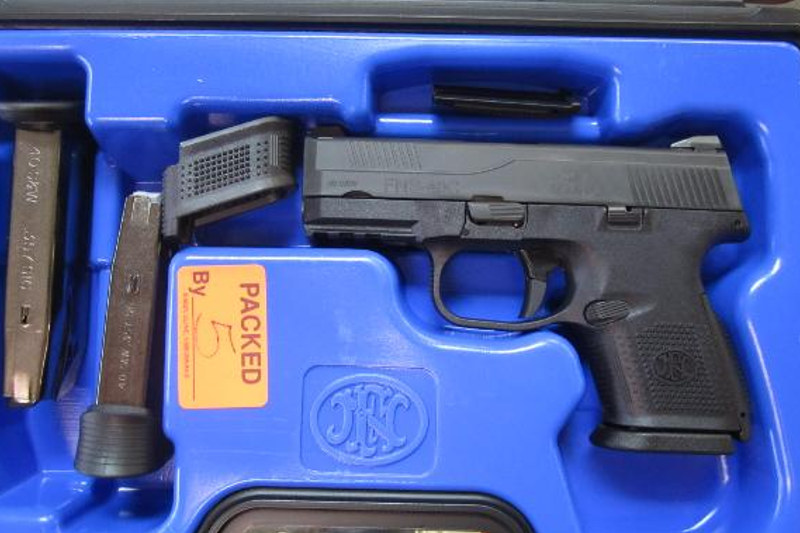The Yankee Marshall did a great video explaining how he broke down the process of selecting a new concealed carry handgun. In that process, he breaks it down by a whole number of schema such as:
- Size — How Well Can You Conceal It?
- Reliability — How Confident Are You With It?
- Comfort — How Comfortable Are You With It?
- Caliber — How Big Is The Bullet?
- Prevalence — How Common Is It?
- Price — Is It Within Your Budget?
Price is arguably at the end of the spectrum. Why? Because it’s possible to find all the previous five without breaking the bank. Of course, if you want to carry a Dan Wesson Custom CZ-75B variant, you’re going to pay through the nose. A Kimber Micro? It may be a bit too rich for your blood. But even something as simple as a FNS 40 Compact will run $500 and comes with two standard 10-14 round magazines. That’s enough to get you started out of the gate and it’s reliable.

But let’s not pretend this is a “one size fits all” equation. Different hand sizes, carry styles, and comfort levels exist for every single concealed carrier out on the market.
Opinion: It’s better to have one “sweet spot” concealed carry handgun than ten guns that dress to the occasion.
The reason why I say this is because if you spend the time, energy, money, and ammunition on a gun — it may as well fit darn near any situation you expect to run into.
Not everyone needs or wants a 14 round magazine capacity — sometimes 6 will do. Great, here’s the Glock 43, Walther PPS, or M&P Shield 9mm. There’s a plethora to choose from.
Go to a gun range that lets you rent handguns. Work your way through ones that you feel will fit you best. A handgun that you feel comfortable shooting is ten times more important than a gun that looks good or impresses friends and family.
You may be surprised by what you find when you’re able to shoot multiple calibers and different form factors. For instance, even if you think you don’t want to handle a .45 ACP, firing a Glock 36 may change your mind. You may think .40 S&W is the perfect caliber until you want bullet after bullet strike red with a CZ-75B chambered in 9mm.
“Common Brands” Myth For Concealed Carriers
Prior to the recent outpouring of gun belts, holsters, and speciality parts, selecting a handgun that was catered to by the secondary markets was important. If you have a gun that doesn’t fit into any holster, it’s going to be hard to carry. Similarly, if you need to replace a barrel or any parts, having a rare or discontinued brand could be a detriment.
Nowadays, there’s coverage for nearly any make and model of handgun that’s out there. Granted, some may cost significantly more — but there is a market for it. So don’t be dissuaded by a gun’s “brand awareness” or how common it is advertised.
Choose a gun that fits you.
That’s it.
If you can fire it accurately, you’re comfortable firing it, and you feel confident that it will serve you well — those are the three most important pieces.
So the best advice I can give to someone looking to pick up his first concealed carry handgun is try out the market. Experiment endlessly. Try guns you’d never consider just to find out if they’re any good. You may be surprised with what you end up settling for as your everyday carry.

